The main electronic component in this project is the 304TL thermionic triode. A Triode is one of the first components that provided usable gain in electronics systems and so was responsible for revolutionised radio, audio and control systems in the early 20th century.
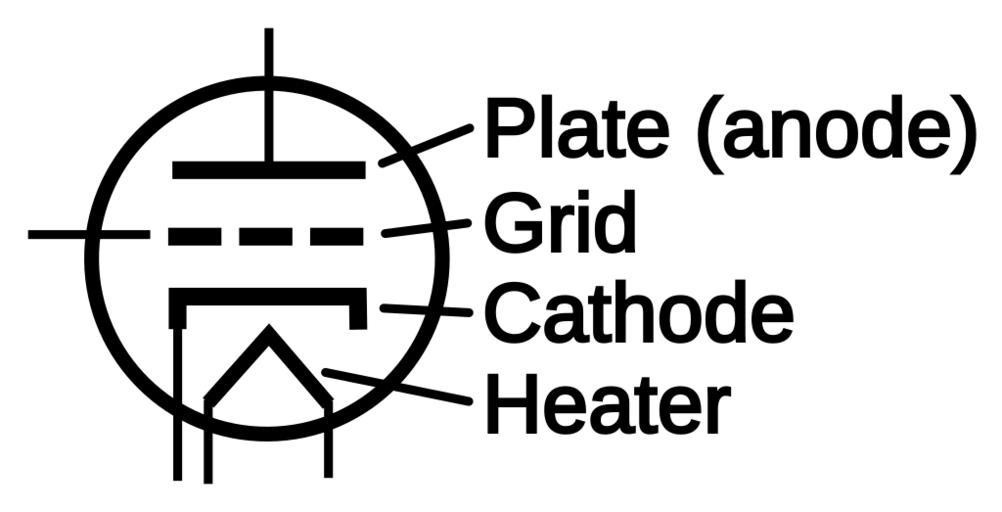
The Triode has 3 main terminals Cathode, Grid and Anode (also called a plate). However, the cathode must be heated help liberate electrons by a filament. In some cases, the filament will be used as the Cathode as is the case of the 304TL the heater filament is the Cathode. The mechanical construction is usually a tube shape with the filament/cathode at the centre, then a tubular mesh around this (the Grid) and a metal tube around the outside (Anode). All this is inclosed in glass or ceramic to hold a high vacuum.
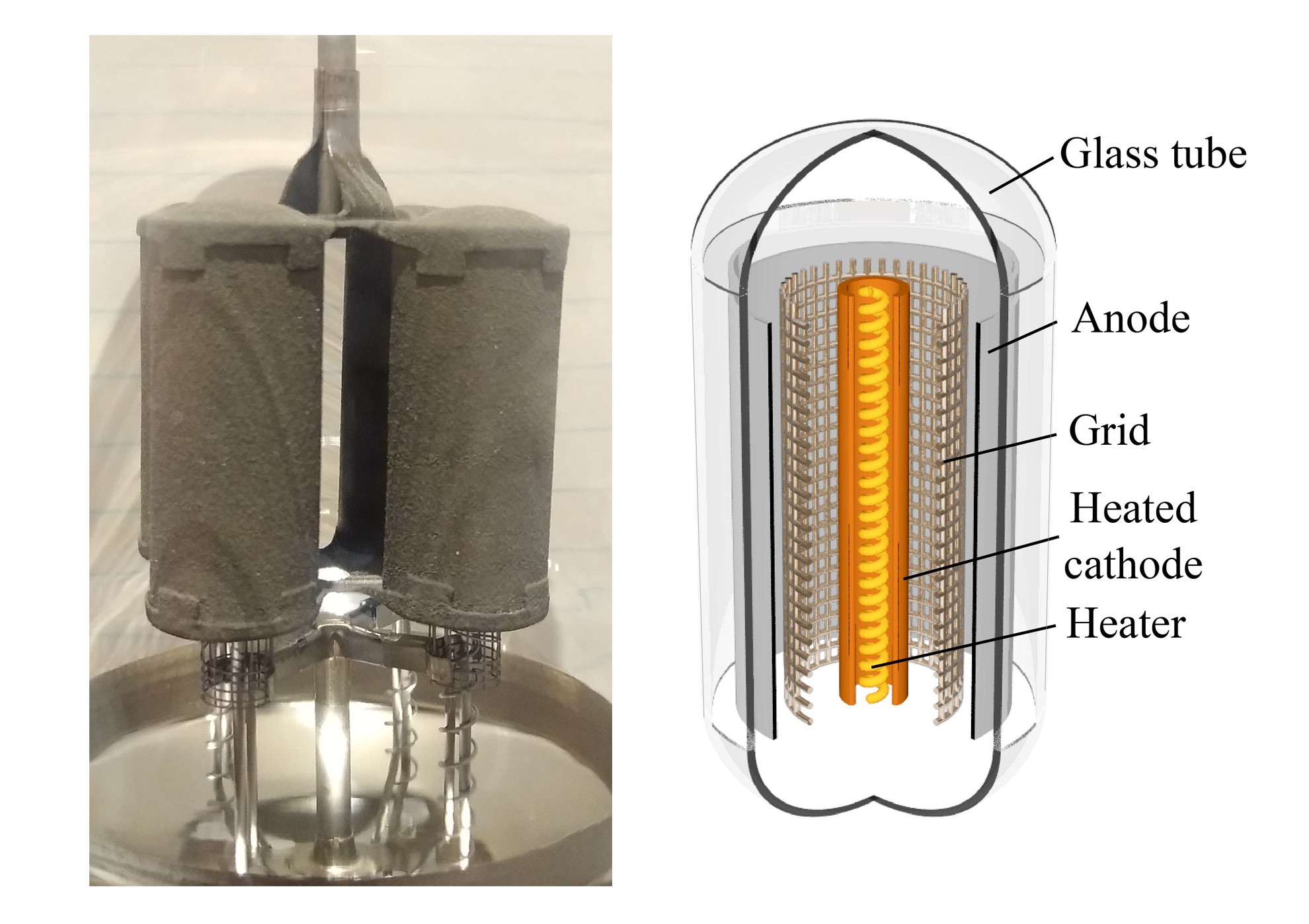
The 304TL on the left has 4 Triodes wired in parallel
When a voltage is applied across the Anode (+) and Cathode (-) the Triode acts just like a diode allowing current to flow in one direction. The grid is the input of the Triode and is negatively biased as the bias increases it increasingly interrupts the flow of electrons from the heated cathode to the anode similar reducing the amount of current flow, not unlike electrically to a F.E.T.
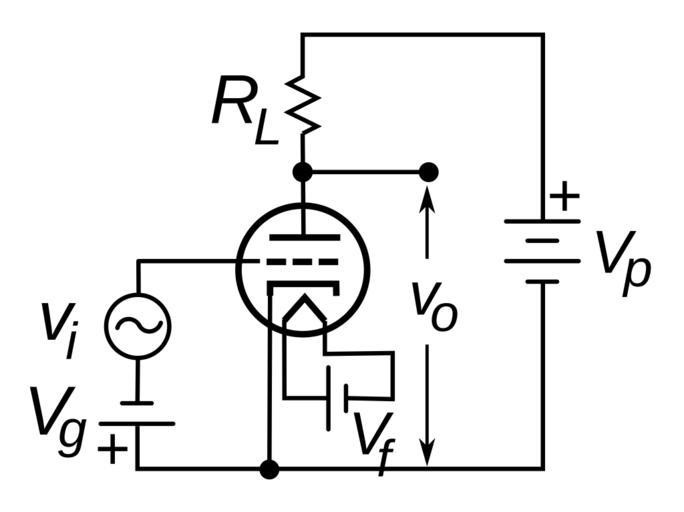
 Robert Hart
Robert Hart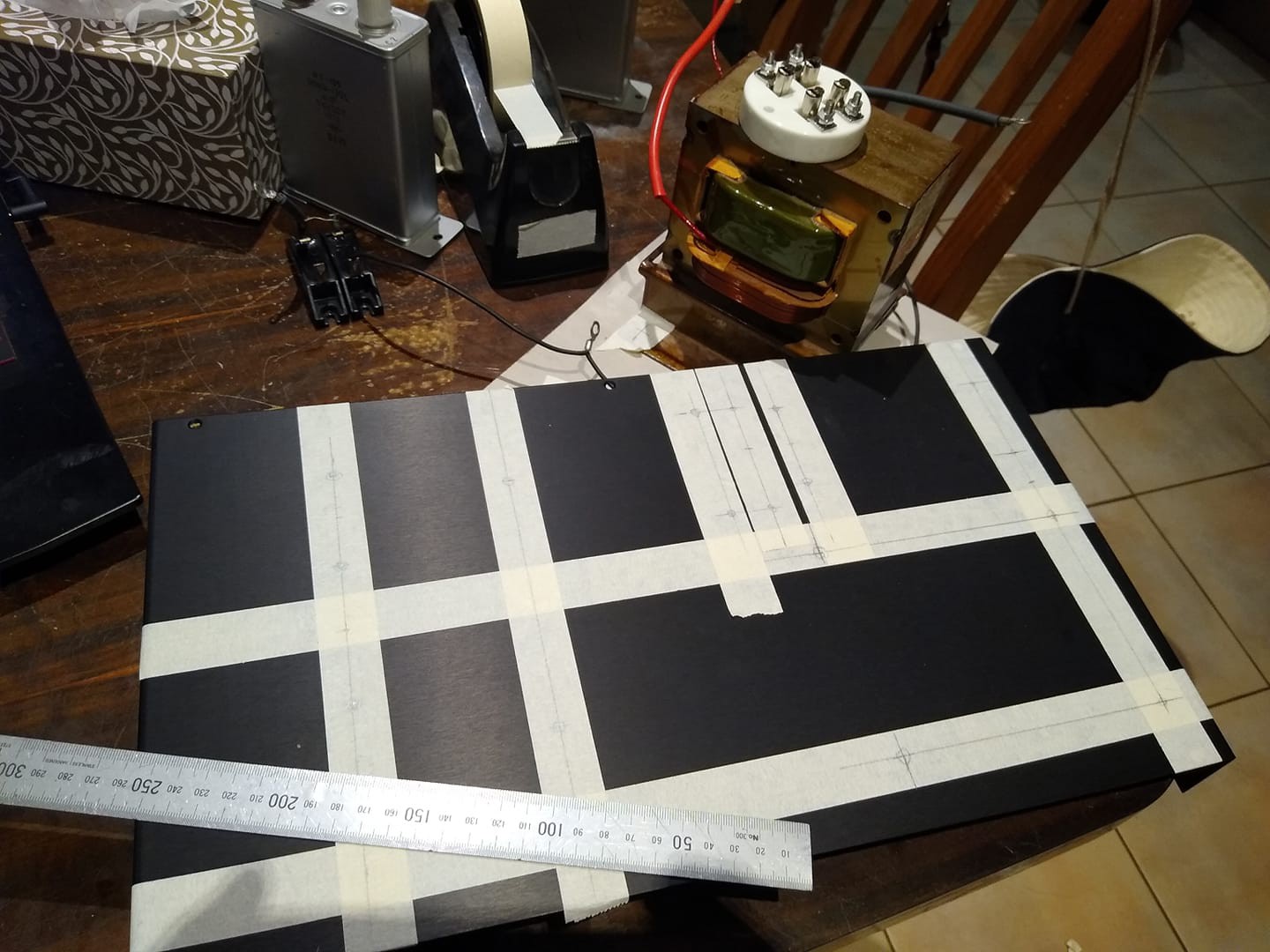
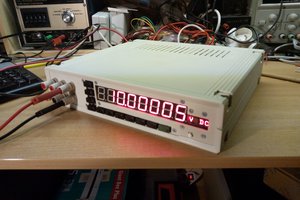
 jaromir.sukuba
jaromir.sukuba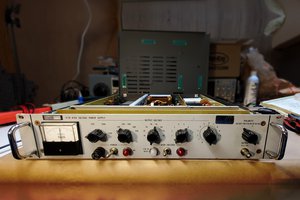
 Collin Matthews
Collin Matthews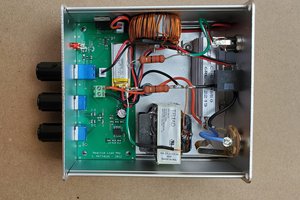
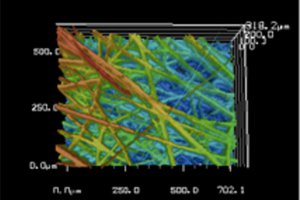
 ivorivetta
ivorivetta
It's an ambitious project. Good luck to you. The amplification factor of the triode is only 12. A beam pentode (6L6G or such) might be needed to drive the grid of the Eimac triodes.